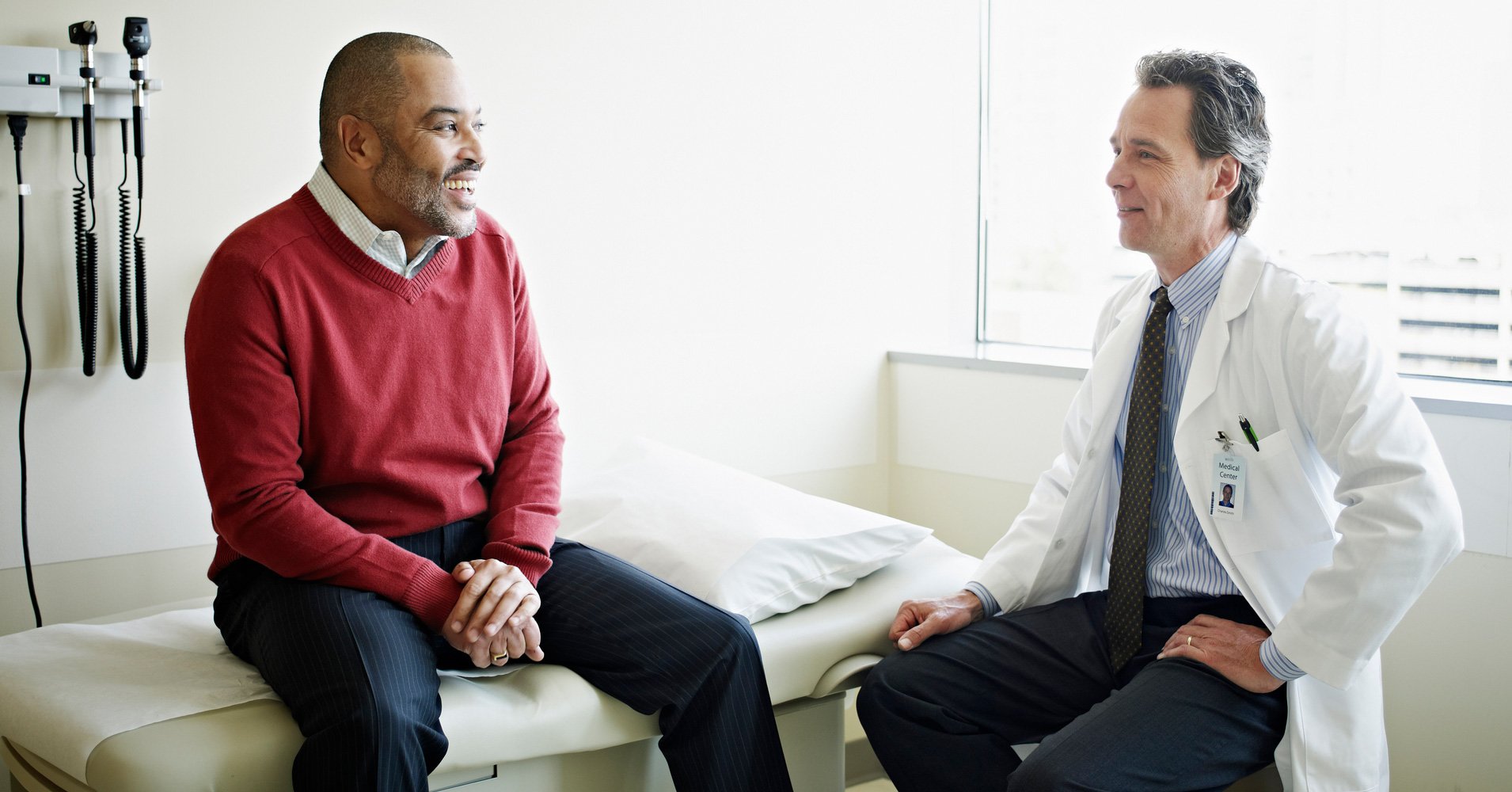The Recipe to a Healthy Heart:Your Guide to Preventing Heart Disease
Sure, the taste of food is important, but do you know how your diet impacts your heart? Many foods contain hidden ingredients that negatively impact...
3 min read
 Cleerly
:
February 27, 2023
Cleerly
:
February 27, 2023

Care quality is a pillar of the Quadruple Aim for a reason. Stakeholders across the healthcare ecosystem benefit when patients have access to the right services at the right time. This improves outcomes while reducing the utilization of low-quality – and many times unnecessary – episodes of care.
Unfortunately, the current standard of care in heart health isn’t positioned to provide high-quality care. When patients go to the doctor and mention symptoms of chest pain, a familiar pattern often emerges. A physician may order a stress test or, in a case of higher acuity, a catheterization. If a blockage is detected, then a stent may be placed to help keep the patient’s artery open.
To put it simply, these procedures don’t work. The literature shows that 90% of stress tests come back normal,1 two-thirds of referrals for invasive angiography are unnecessary,2 and half of stent placements in stable patients are inappropriate.3
Looking at it another way, even with these longstanding standards of care in place, heart disease remains the No. 1 cause of death in the United States. Heart disease kills nearly 700,000 Americans every year. That’s the equivalent of nine fully loaded 737 airplanes crashing and killing everyone on board every day. We would never accept these outcomes from the aviation industry, but we’ve come to accept them from healthcare.
The industry needs a new standard of care for heart health. At Cleerly, we center our approach on coronary computerized tomography angiography (CCTA) evaluation for atherosclerosis, or arterial plaque, coupled with analysis that can turn the results of a CCTA scan into insights that physicians and patients alike can understand.
CCTA is at the heart of this new standard of care for several important reasons.
On its own, CCTA provides a level of diagnostic accuracy as good or better than other procedures. What’s more, using CT scanning technology makes it more readily accessible and less expensive than services traditionally available only at inpatient cardiology units.
The true value of CCTA emerges when it’s combined with personalized analytics. One example is transforming a scan into a color-coded image that depicts not just the size of an arterial blockage but also the type of plaque. This is simple but important: Only about 40% of patients discuss heart health with their physicians,6 so any tool that improves heart health literacy will help to move the conversation forward.
Of course, more advanced forms of analytics can be applied to CCTA scan results. By pairing scan images with an assessment of plaque volume severity, it’s possible to identify the stage of atherosclerotic plaque burden – and determine cardiovascular disease risk – in a manner that’s never been possible before.
Going one step further, it’s also possible for providers to leverage this information to guide clinical decision support for heart health. This allows for a more proactive and personalized approach to cardiovascular care; for example, lifestyle changes or medications may be recommended for patients identified with early-stage disease and risk.
This approach has significant potential to support value-based care. Physicians can receive treatment recommendations that forego invasive procedures that may not be necessary, while payers can reduce their downstream costs if fewer of these procedures are needed. Plus, patients benefit as well – they receive a clearer picture of their cardiovascular disease risk and can work with their doctor to improve their heart health.
For decades, our approach to heart health has unfortunately been largely defined by waste, inefficiency, and preventable death. With existing technology that meets industry guidelines, it’s possible to rethink the way we measure heart health and recommend treatment options. This new approach emphasizes high-value care, improved outcomes, and reduced spending – goals shared by all stakeholders throughout the healthcare ecosystem.
Want to learn more about Cleerly?
Connect With Us
References:
1. Temporal Trends in the Frequency of Inducible Myocardial Ischemia During Cardiac Stress Testing: 1991 to 2009. ⇱ Journal of the American College of Cardiology. March 12, 2013.
2. Low Diagnostic Yield of Elective Coronary Angiography. ⇱ New England Journal of Medicine. March 11, 2010.
3. Trends in U.S. Cardiovascular Care: 2016 Report From 4 ACC National Cardiovascular Data Registries. ⇱ Journal of the American College of Cardiology. Last updated March 2017.
4. Coronary CTA with AI-QCT Interpretation: Comparison with Myocardial Perfusion Imaging for Detection of Obstructive Stenosis Using Invasive Angiography as Reference Standard. ⇱ American Journal of Roentgenology. Last updated September 2022.
5. AI Evaluation of Stenosis on Coronary CTA, Comparison with Quantitative Coronary Angiography and Fractional Flow Reserve: A CREDENCE Trial Substudy. ⇱ Journal of the American College of Cardiology: Cardiovascular Imaging. Last updated February 2023.
6. National Study Finds Americans Don’t Know the Facts or Their Risk for Heart Disease. ⇱ MDVIP. January 31, 2019.

Sure, the taste of food is important, but do you know how your diet impacts your heart? Many foods contain hidden ingredients that negatively impact...

As we reach the end of 2023 and yet another remarkable year at Cleerly, it’s a great opportunity to reflect on all we’ve accomplished and begin...

Cleerly has had a busy few months – attending conferences, panel sessions, and winning awards as we all work together to achieve our mission of a...

Findings from Cleerly's groundbreaking echo the recent American College of Cardiology guidelines on the use of CCTA for non-invasive heart disease...

Cleerly has had a busy few months – attending conferences, panel sessions, and winning awards as we all work together to achieve our mission of a...

As Cleerly makes its way into the clinical workflow of health systems and providers across the US, we are learning valuable information about how to...